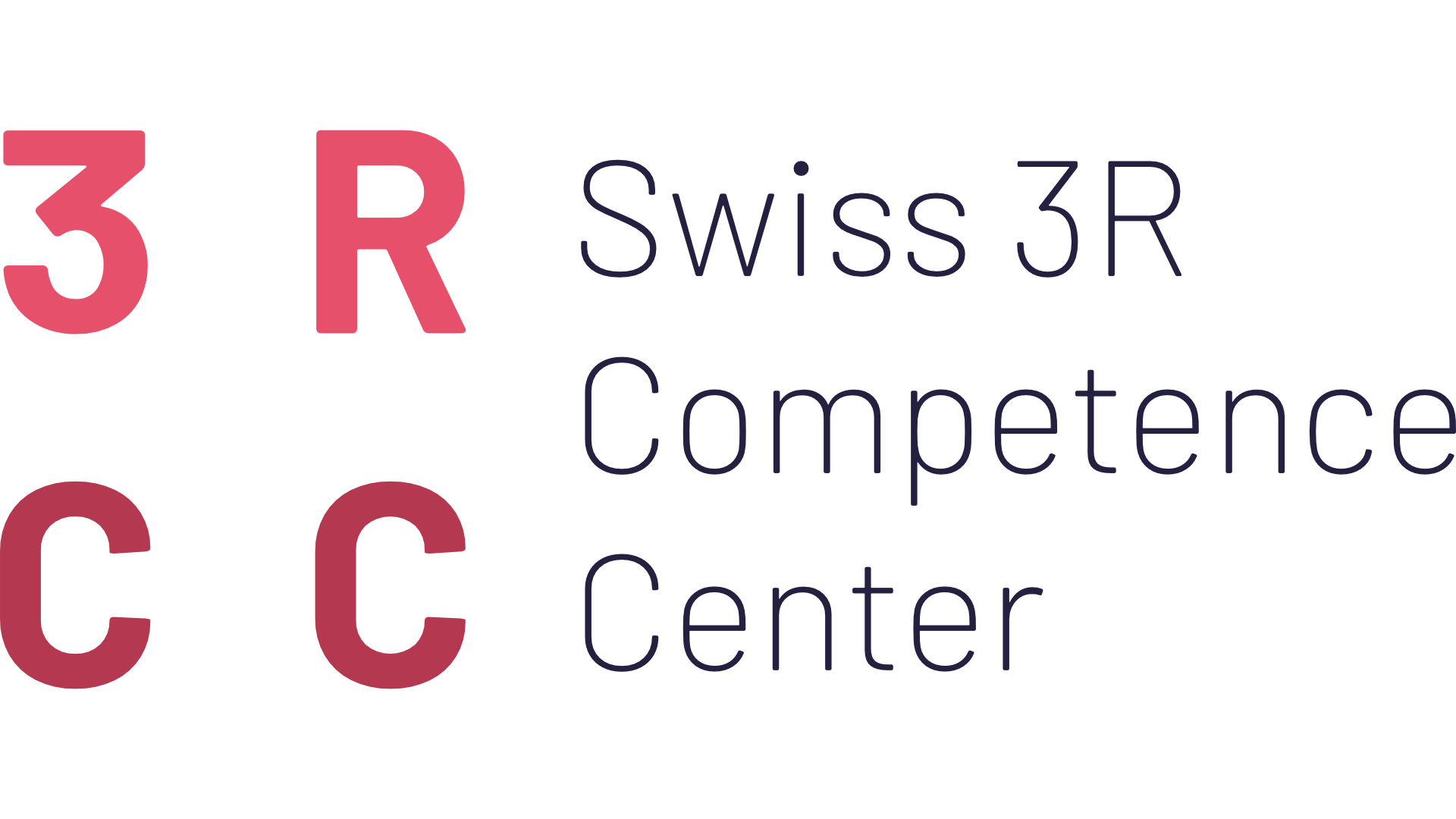WHY DO WE NEED TO TRAIN PEOPLE TO INJECT MICE?
When conducting studies with animals, researchers often need to deliver substances via injection. In mice, the most commonly used experimental animal in Switzerland, this is done through the tail vein. But before a researcher can perform an intravenous injection on a mouse for an experiment, they must first be trained to carry out the procedure. This means using ‘training mice’ to learn how to successfully deliver liquid through the tail. The procedure isn’t simple as the vein in the mouse tail is very small, making hitting the right spot on the first go tricky.
After several training sessions the researchers will then be able to carry out the procedure in research studies. While essential for ensuring proper technique later on, this training process can cause suffering to the training animals, from the stress of being handled to the pain of being pierced with a needle.
HOW CAN A 3D-PRINTED TAIL HELP?
Felix Gantenbein saw an opportunity to reduce this suffering and developed a 3D-printed mouse tail for use in trainings. He was awarded two 3RCC grants to support his innovative project. The process was incredibly collaborative, leaning on the skills of the Additive Manufacturing Facility (AMF) at the University of Zurich as well as feedback from researchers who had tested early models.
The tail has tubular structures inside that mimic the veins inside mice tails. The trainee must delicately hold the 3D-printed tail as they carefully inserted the needle, aiming to find the correct vein and gently deliver the liquid. The process from placing the tail in a restrainer to There is such high demand that Felix is now sending the 3D-printed tails to labs around the world who would like to incorporate the process into their training.
